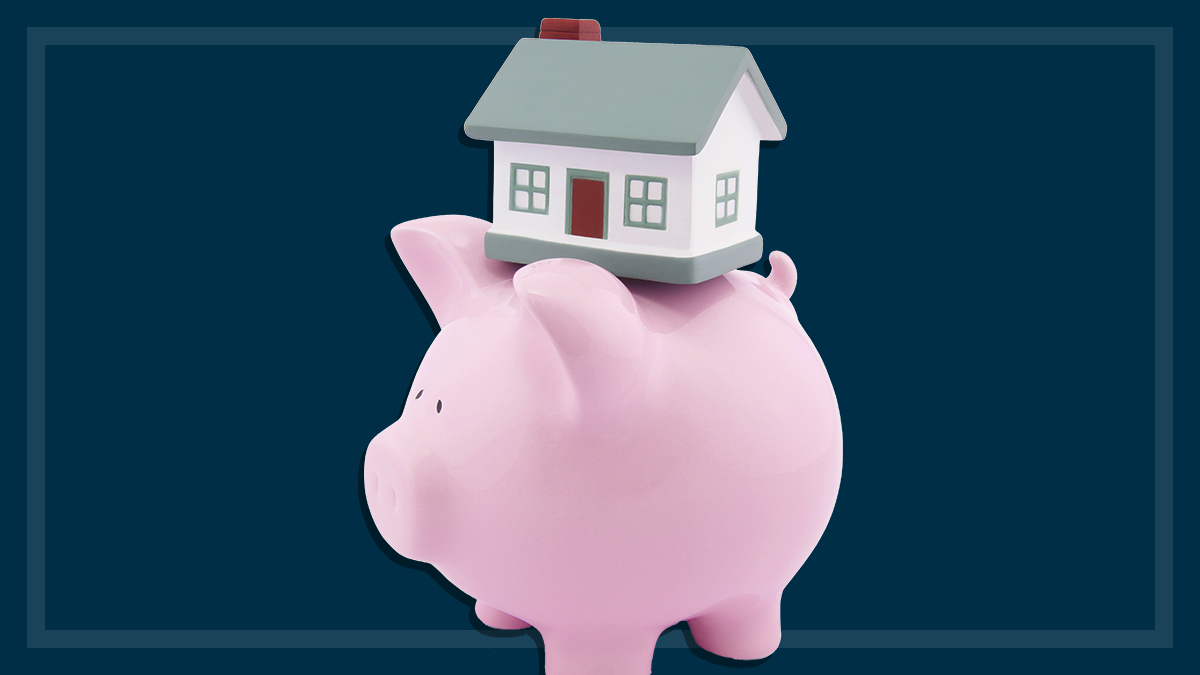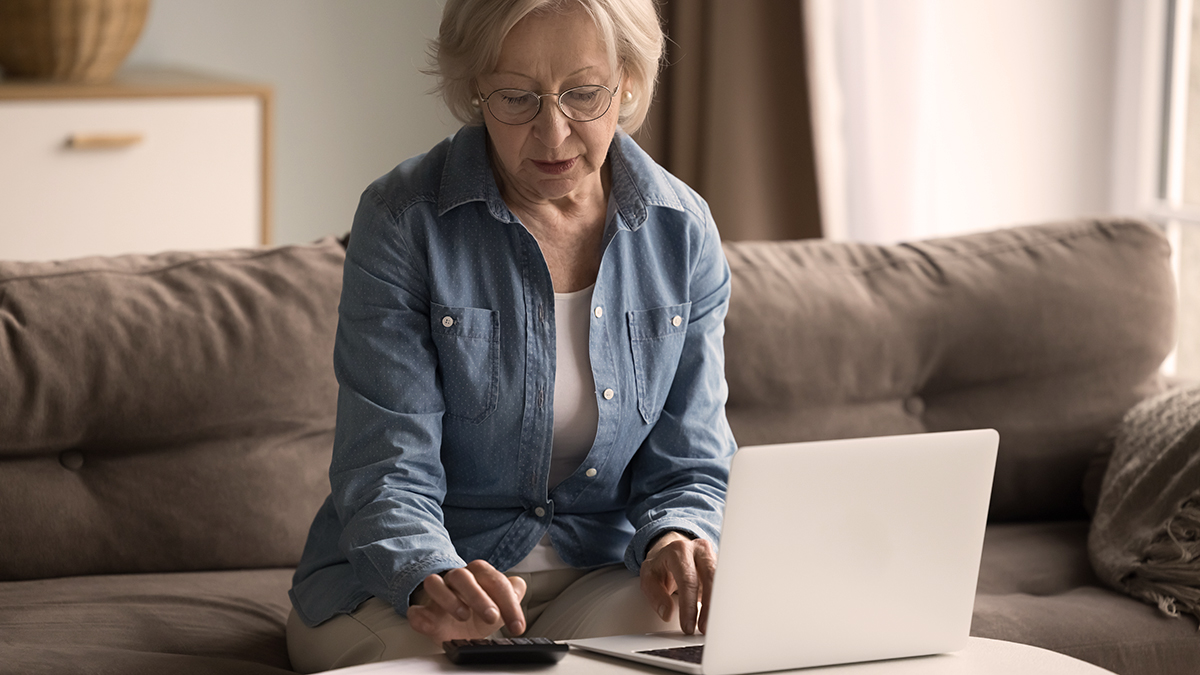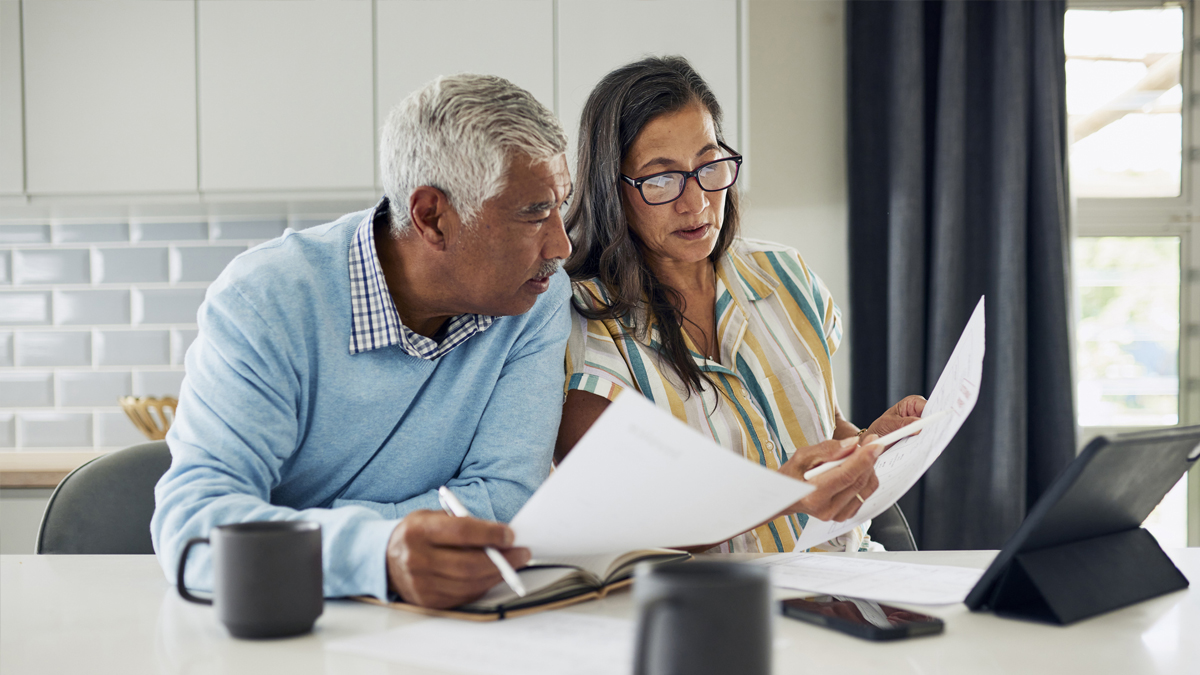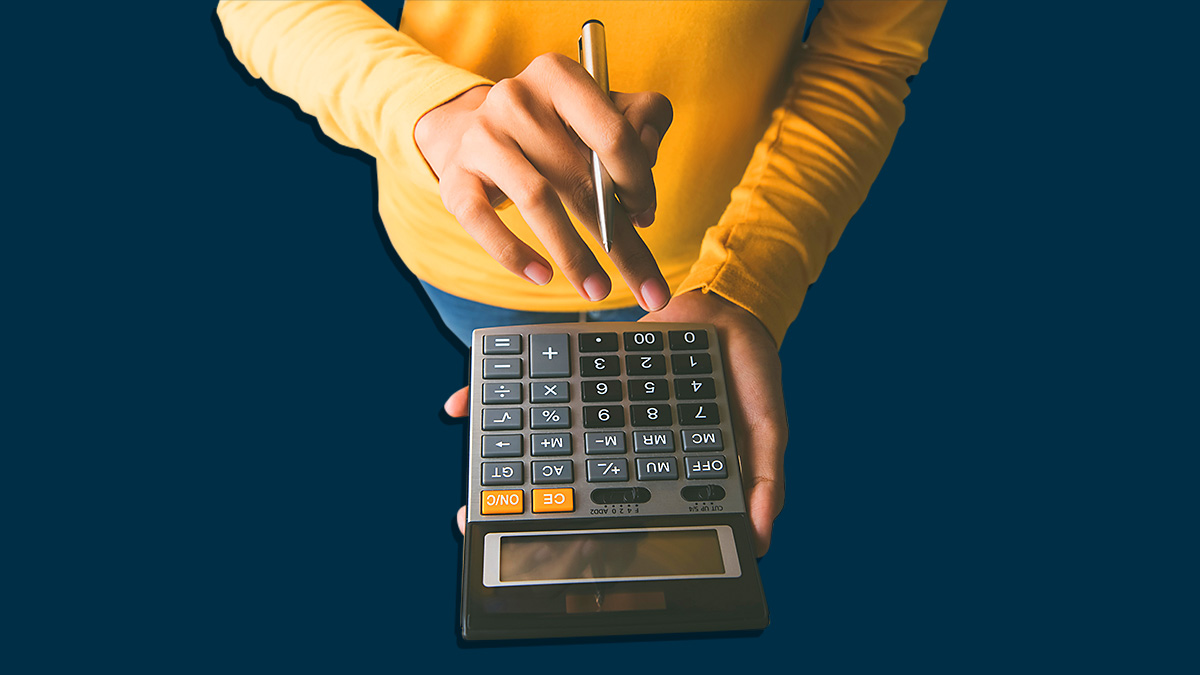Get our independent lab tests, expert reviews and honest advice.
First Home Super Saver Scheme: Can it help you get on the property ladder?

Need to know
- This little-known scheme lets you use your super account as a savings vehicle
- It can save you on tax, but it can be complex
- You'll need to start planning well ahead of buying a house to make the most of the scheme
In the 2021 Federal Budget, the government changed its First Home Super Saver Scheme (FHSSS) in a bid to make the initiative more attractive to people trying to get into the property market.
In the right circumstances, the scheme can help you save for a home quicker, but you’ll need to plan ahead to make it work for you. Here’s our guide to how it works.
First Home Super Saver Scheme explained
The scheme lets you make voluntary contributions to your super, which you then can withdraw to buy a house.
Crucially, you can use only the voluntary contributions you’ve made to your super (including salary sacrificing), not the usual contributions your employer makes. Similarly, spouse contributions and government co-contributions don’t count.
Crucially, you can use only the voluntary contributions you’ve made to your super … not the contributions your employer makes
See our guide to contributions and tax deductions in super to find out more.
In some circumstances, you can also use retirement savings transferred from other countries (such as Kiwisaver) for this scheme.
The initiative shouldn’t be confused with the broader proposals to let people use their super to buy a house. Some MPs support this idea, but it’s not government policy.
Who is eligible?
Generally, you can only use the FHSSS if you’ve never owned any property in Australia.
But exceptions can be made if you can show the ATO that you’ve suffered a financial hardship on grounds such as:
- divorce
- bankruptcy
- losing your job
- illness
- being affected by a natural disaster
- being eligible to access your super early.
You can only use the scheme once.
Multiple people can access the FHSSS to buy the same property, so couples, friends and family members could all be eligible.
Because eligibility is based on the individual, you could buy a house with someone who is already a homeowner and make use of the scheme, even though they’re not eligible themselves.
Scheme limitations
As of 1 July 2022 , you can withdraw up to $50,000 per person. You can contribute up to $15,000 into your super per year to use in this scheme.
You can buy any residential property, as long as it’s in Australia and isn’t a houseboat or motor home. And you can’t buy a property you can’t live in, such as a shop.
You’re also allowed to build a home with money from your FHSSS.
Pros and cons of the FHSSS
Pros:
You may be able to save for a deposit for your first home quicker.
You can save on tax because you’re paying the lower super tax (15%) instead of your usual income tax (which can be as high as 45%). But remember to factor in the tax you’ll pay when you withdraw the money.
Cons:
The scheme can be complex.
You can save a maximum of $ 50,000, so it will probably cover only part of a house deposit.
You can save no more than $15,000 a year, so you’ll need to plan well in advance to make the most of the scheme.
If you decide not to buy a house, you either need to leave the money in your super, or withdraw it and get taxed.
If you’ve already signed a contract, you’ve got just two weeks to put in a request to withdraw yoursavings. Getting your money out usually takes 15–25 business days.
Example: How much could the FHSSS save you?
Blake and Charlie both earn $70,000 a year and are trying to buy their first house.
Saving outside super
If they each save $10,000 outside super in a year (e.g. by keeping it in a bank account), they’d pay their usual marginal tax rate over $45,000 (including the 2% Medicare Levy) of 34.5%.
Combined tax payment on their $20,000: $6900.
Saving with the FHSSS
If they each contributed an extra $10,000 to their super, they would pay just 15% instead of their usual 34.5% on this amount. This means they’d each pay $1500 tax on their $10,000 while the money is in their super.
When they withdraw their $10,000, they’ll pay tax on it at their usual marginal rate (32.5%) plus Medicare Levy (2%), minus the 30% tax offset. So it will be taxed at 4.5% and they would each pay $450 on the savings when they withdraw them.
They would pay a total of $3450 each saving outside super, or $1950 each using the scheme.
Combined tax payment on their $20,000: $3900
If both saved the maximum $50,000 over five years as voluntary super contributions, they could save a combined total of $15,000 in tax
This amounts to a saving of $1500 a year each (and $3000 a year combined) for Blake and Charlie, by putting the $20,000 into their superannuation and withdrawing it through the FHSSS, compared with keeping the $20,000 in a bank account.
If both saved the maximum $50,000 over five years as voluntary super contributions, they could save a combined total of $15,000 in tax.
Changes to the scheme from July 2022
As of 1 July 2022, you’ll be able to save more through the scheme – up to $50,000 per person.
The maximum you can contribute per year ($15,000) will remain the same. So to get the full benefit from it, you’ll probably need to be making deposits for at least three years before you want to buy.
The scheme can be very technical and hard on those who make mistakes on the application. But from July 2022, it became more flexible, giving more discretion to the Australian Taxation Office (ATO) to amend applications, among other changes.
You’ll also have more scope to withdraw or change your application before you get your money out.
Tax considerations
There are two points to consider:
- how much tax you’ll pay on the money while it’s in your super account
- how much tax you’ll pay when you take it out.
The tax you’ll pay on withdrawing the money will depend on the ‘assessable FHSSS amount’. This is calculated by adding your before-tax contributions with the associated earnings on both your before-tax and after-tax contributions.
On the assessable FHSSS amount, you’ll pay your usual marginal tax rate (i.e. the usual percentage of income tax you pay, which depends on your income) minus a 30% tax offset.
To work out how much the scheme could save you in tax, be sure to factor in both these amounts.
When you file your yearly tax return, you’ll need to include both the assessable FHSS amount and the withholding tax. You must declare this amount in the financial year that you request withdrawing your savings, but not necessarily the financial year that you receive them.
How to apply to release your money for a house deposit
You need to apply to the ATO for a ‘determination’. The determination will tell you exactly how much you can withdraw – it’ll be slightly more than you’ve put in.
You can take out an amount that is:
- 85% of the pre-tax (or salary sacrifice) contributions you’ve made
- all the after-tax contributions you’ve made
- the ‘associated earnings’ your money has made while in your super account.
Associated earnings aren’t based on how much your money has actually earned, but instead are calculated with a formula. The formula adds three percentage points to the 90-day bank bill rate (a commonly used interest-rate benchmark).
Getting the money out usually takes 15–25 business days … once you withdraw money to buy a house, you have one year to use it
Getting the money out usually takes 15–25 business days, so keep this in mind if you think you’ll need the money quickly for a deposit. You can apply to get your money out before signing a contract.
Once you withdraw money to buy a house, you have one year to use it.

Saving for longer vs rising house prices
Whether it’s the right time for you to buy or not will depend on your finances, your plans and your circumstances.
But it’s worth considering the impact of rising house prices and whether using the scheme to save for longer will actually see you better off.
In other words, if you’ve already got enough for a deposit, the tax savings you can take advantage of through the FHSSS may be cancelled out by the extra dollars you’ll pay for a house at a later date.
During 2021 in Sydney, the median house price rose by $100,000 in a three-month period
For instance, during 2021 in Sydney, the median house price rose by $100,000 in a three-month period. Of course, nobody has a crystal ball on house prices, but it’s worth keeping potential rises in mind if you’re thinking of taking several years to save for a deposit.
If you don’t end up buying a home
This is a potential pitfall of using the FHSSS. If you withdraw the money and aren’t successful in bidding for a home, move in with someone who owns a house, decide you no longer want to buy, or choose to move overseas, you have a couple of options:
- Put the money back into your super as a non-concessional contribution – you’ll have to put back an amount that’s equal to your assessable FHSSS-released amount (minus any tax withheld). This would mean you couldn’t access the money until you reach retirement age or could withdraw it only under the very limited hardship provisions.
- Keep the money – but then you’ll have to pay 20% tax on the assessable FHSSS-released amount.
Once you’ve got your allocated money out of your super account, you have one year from the requested release date to sign a contract to build or buy a home. If you don’t buy, you’ll automatically get an extension of another year.
If you’re looking to build, keep in mind that you won’t be able to use the money from the FHSSS if you’ve bought the vacant land before applying to the ATO to get your savings out.
Investment properties excluded
The FHSSS isn’t for buying an investment property. You must genuinely intend to live there, either full-time or for at least six months of the first year, when it’s practical to do so.
One side-effect of the scheme is that having more in your super account (even if it’s only for a couple of years) will boost your retirement savings through the extra interest earned. Although you won’t be able to access this money until you retire, it’s worth considering, especially as banks are currently offering historically low interest rates.
Summary: what are the pros and cons of the FHSSS?
Pros:
- You may be able to save for a deposit for your first home quicker by using the scheme.
- You can save on tax because you’re paying the lower super tax (15%) instead of your usual income tax (which can be as high as 45%). But remember to factor in the tax you’ll pay when you withdraw the money.
Cons:
- The scheme can be complex.
- You can save a maximum of $50,000, so it will probably cover only part of a house deposit.
- You can save no more than $15,000 a year, so you’ll need to plan well in advance to make the most of the scheme.
- If you decide not to buy a house, you either need to keep the money in your super, or withdraw it and get taxed.
- If you’ve already signed a contract, you’ve got just two weeks to put in a request to withdraw your savings. Getting your money out usually takes 15–25 business days.





